World premiere of the Volvo ES90: The Swedes move up to 800 volts
2014 saw a major upheaval at Volvo. Following the takeover by the Chinese Geely Group a few years earlier, the Swedes presented their new flagship, the XC90. A large SUV whose Scalable Product Architecture (SPA) was to serve as a building block for other models – such as the large S90 saloon, the V90 estate and the same trio with the number 60 in the mid-size class.
Eleven years later, Volvo returned to the site of the XC90’s world premiere, the Artipelag art gallery near Stockholm. The XC90 successor, the electric EX90, was actually unveiled quite a while ago. However, due to delays, it did not launch until 2024 – here is our driving review. In 2025, the Swedes presented a no less important model, the ES90, at the cultural centre in the Stockholm archipelago.
It is not supposed to be a classic successor to the old S90, but rather “a class of its own,” says Volvo. “Some might say it is a sedan. Others will see a fastback, or even hints of an SUV.” In fact, the ES90 looks a bit like a Polestar 2 that has grown considerably: it is slightly higher and the classic, stretched saloon proportions no longer fit. Due to the long wheelbase of 3.10 metres, the rear overhang is too short to pass as a ‘classic’ saloon. But the car is too flat for an SUV coupé. The ES90 thus does not precisely fit into one category.

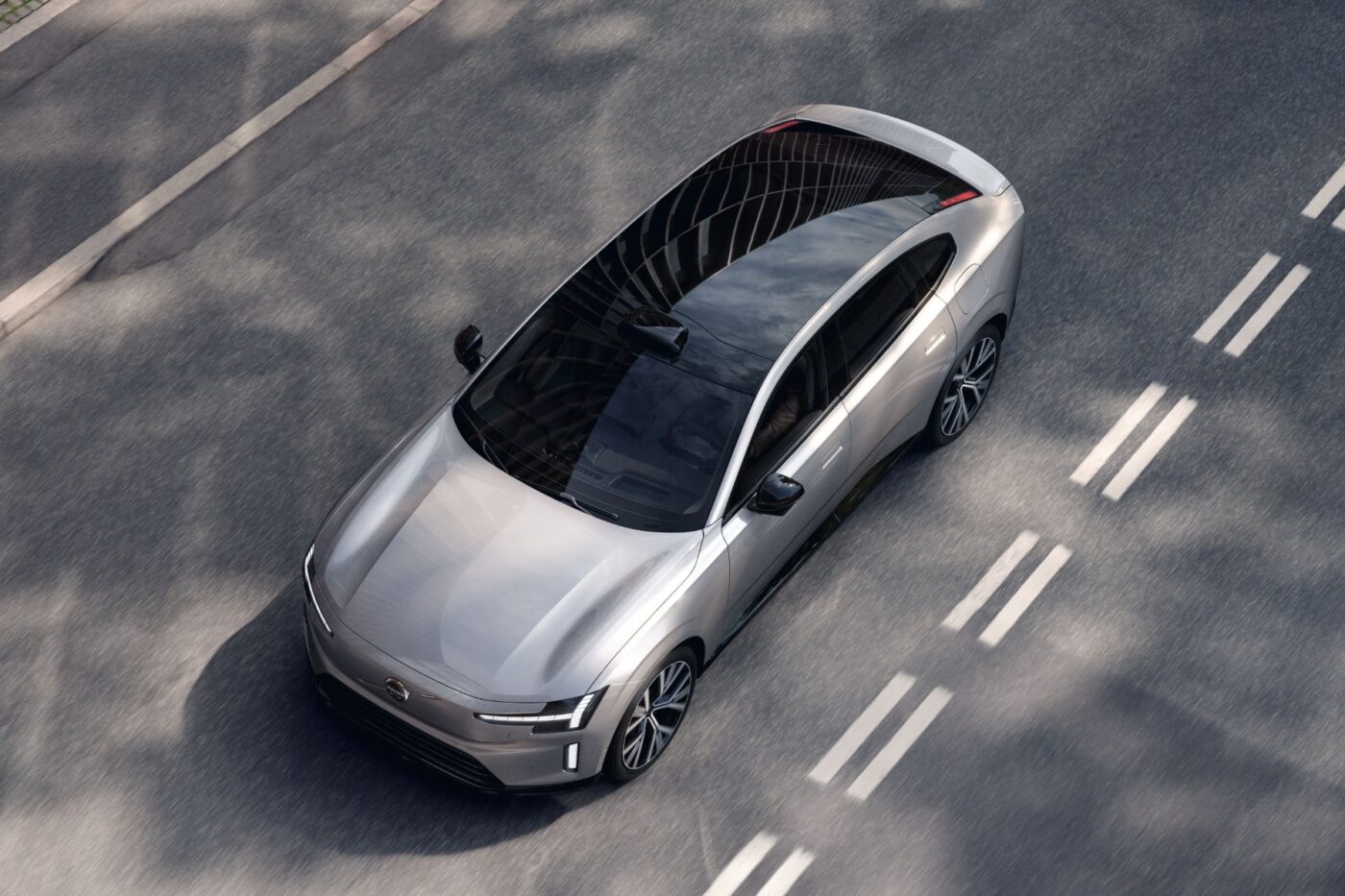
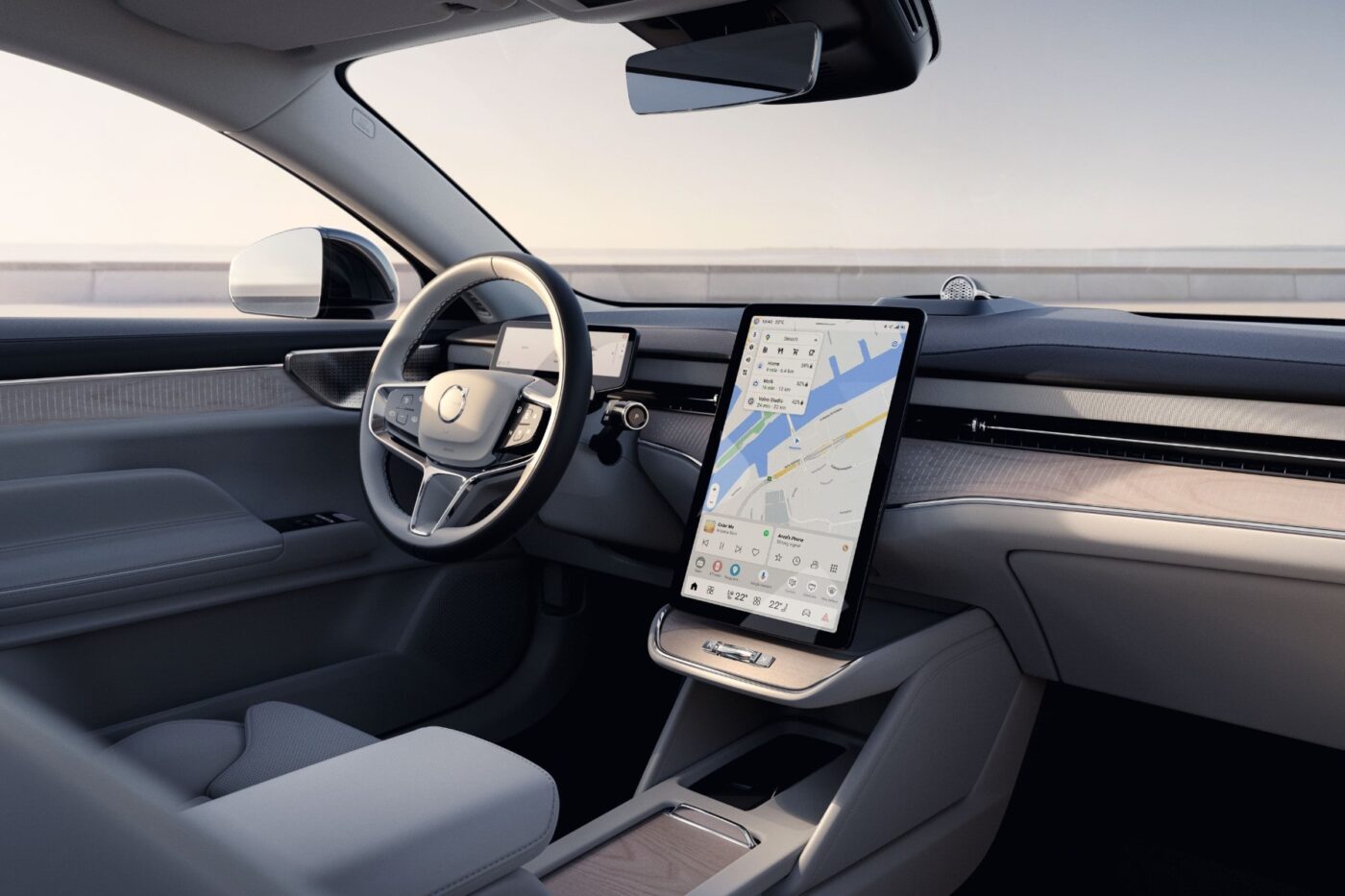
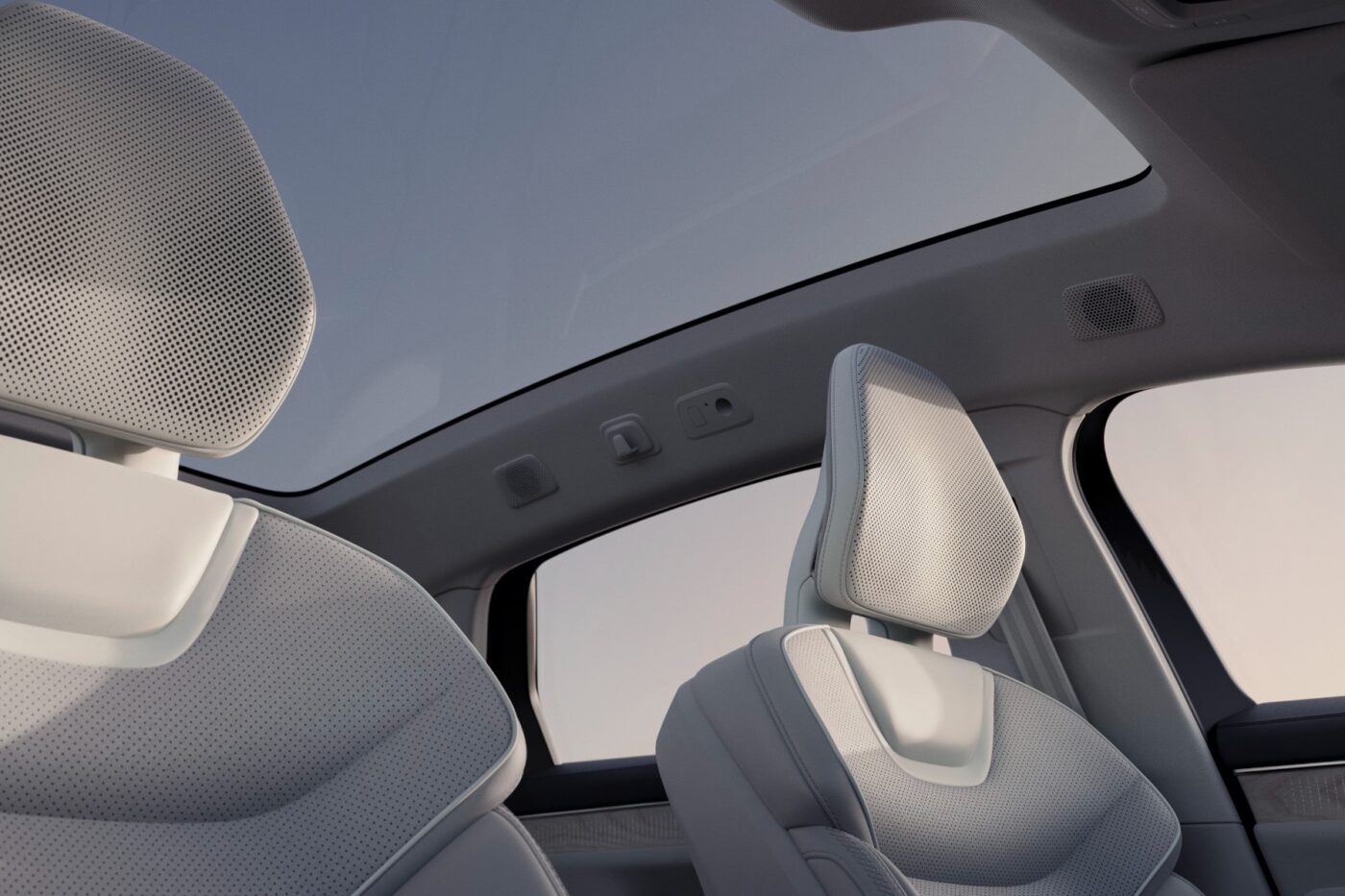
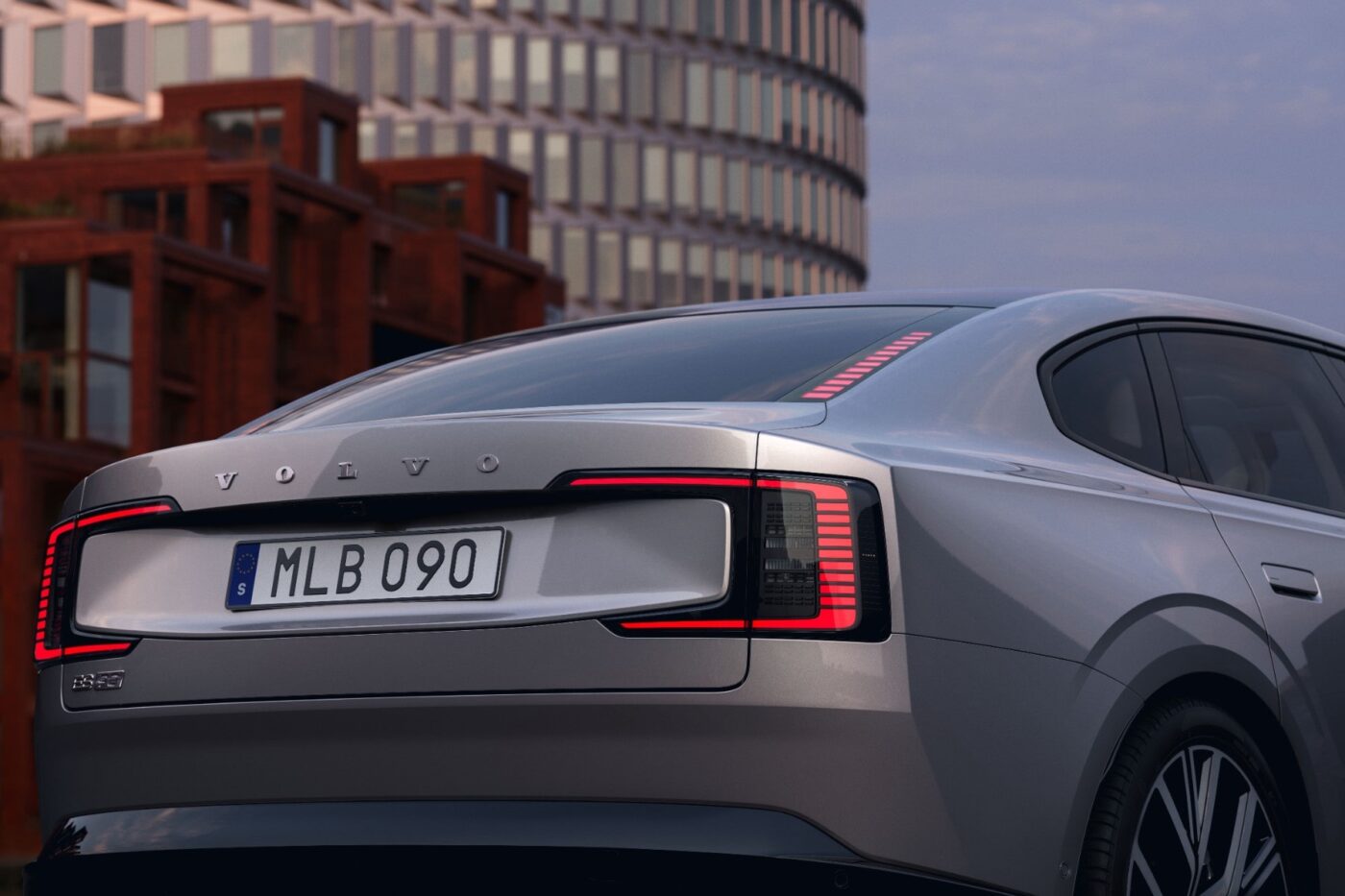
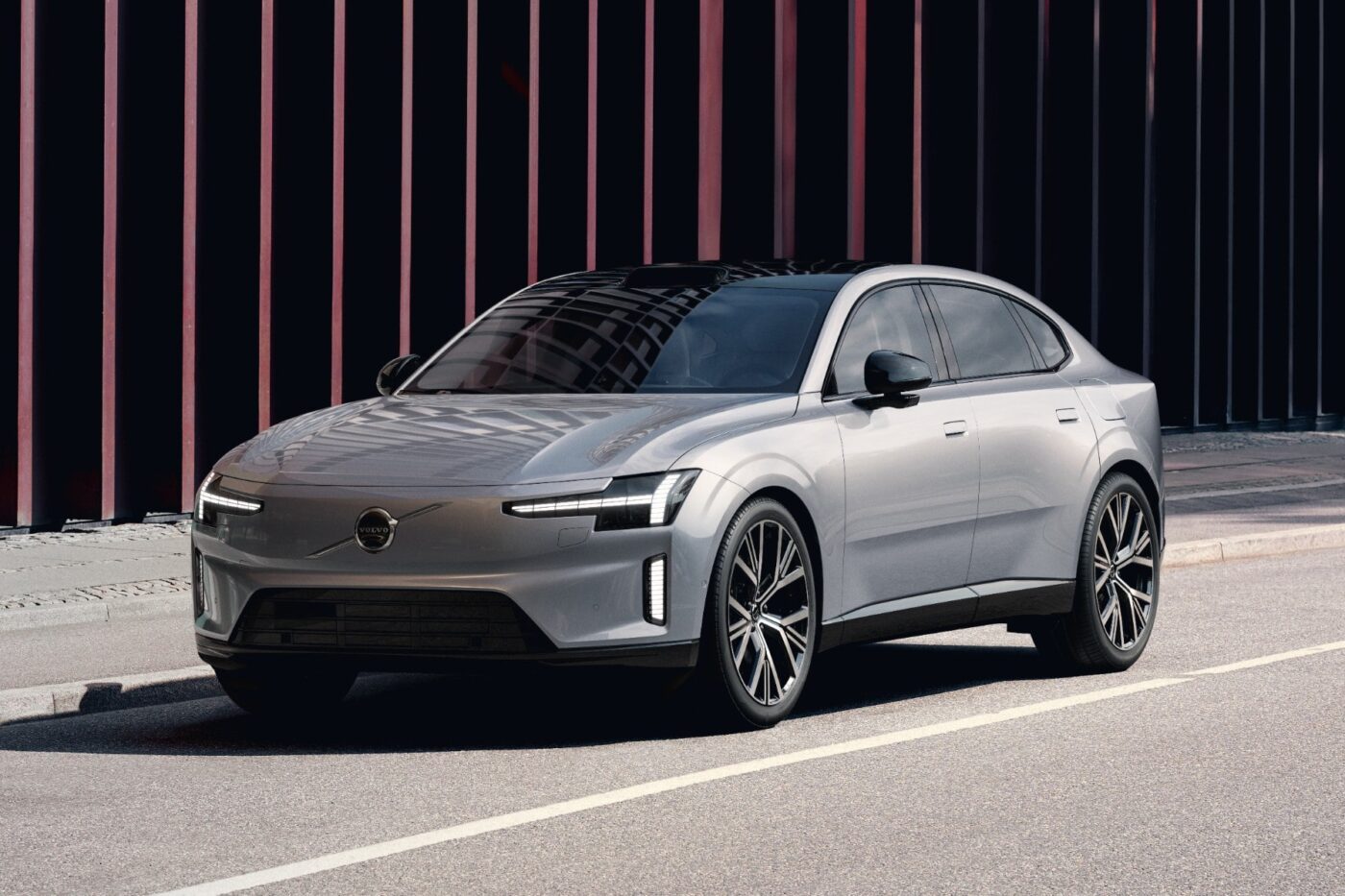
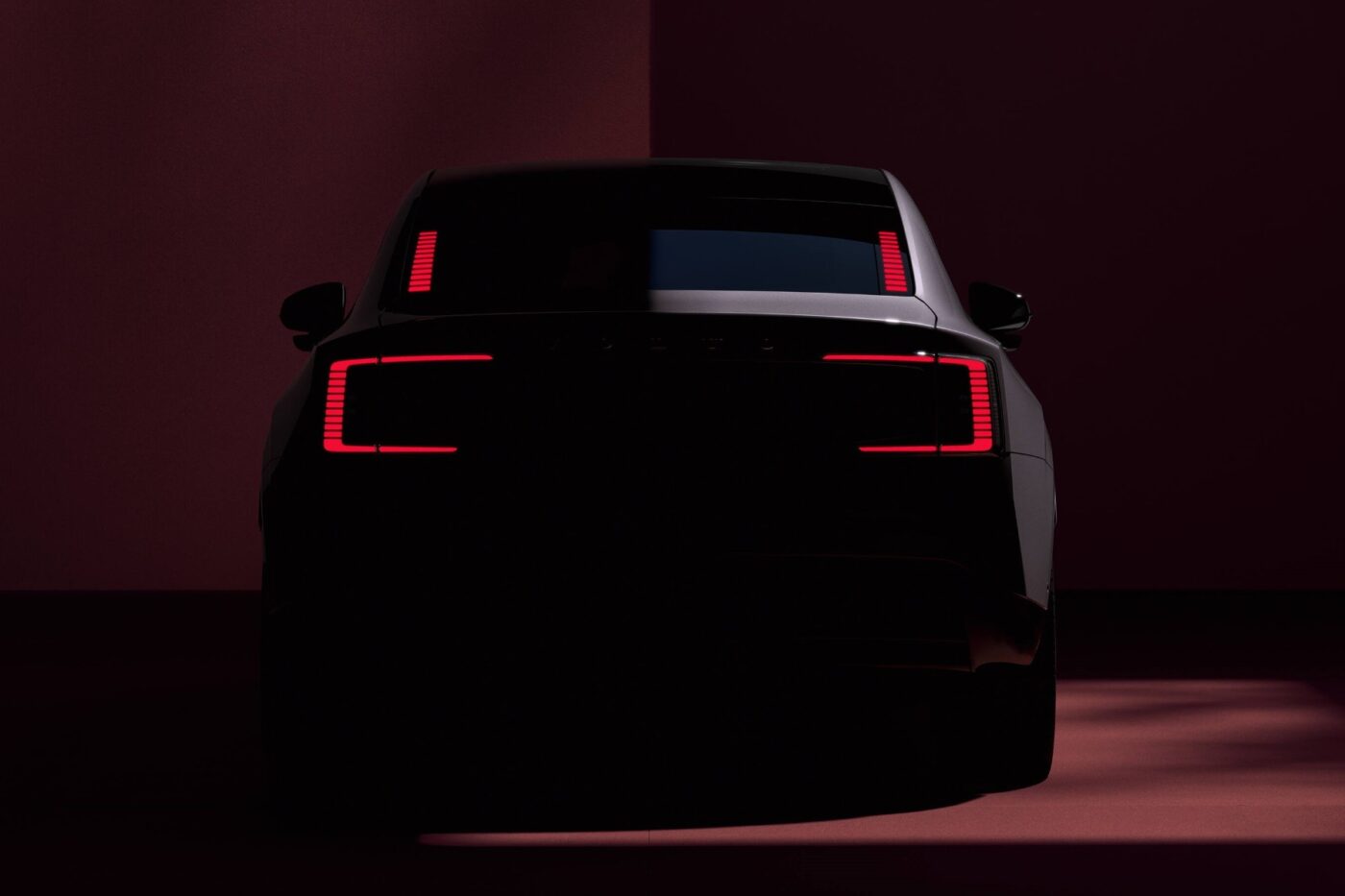
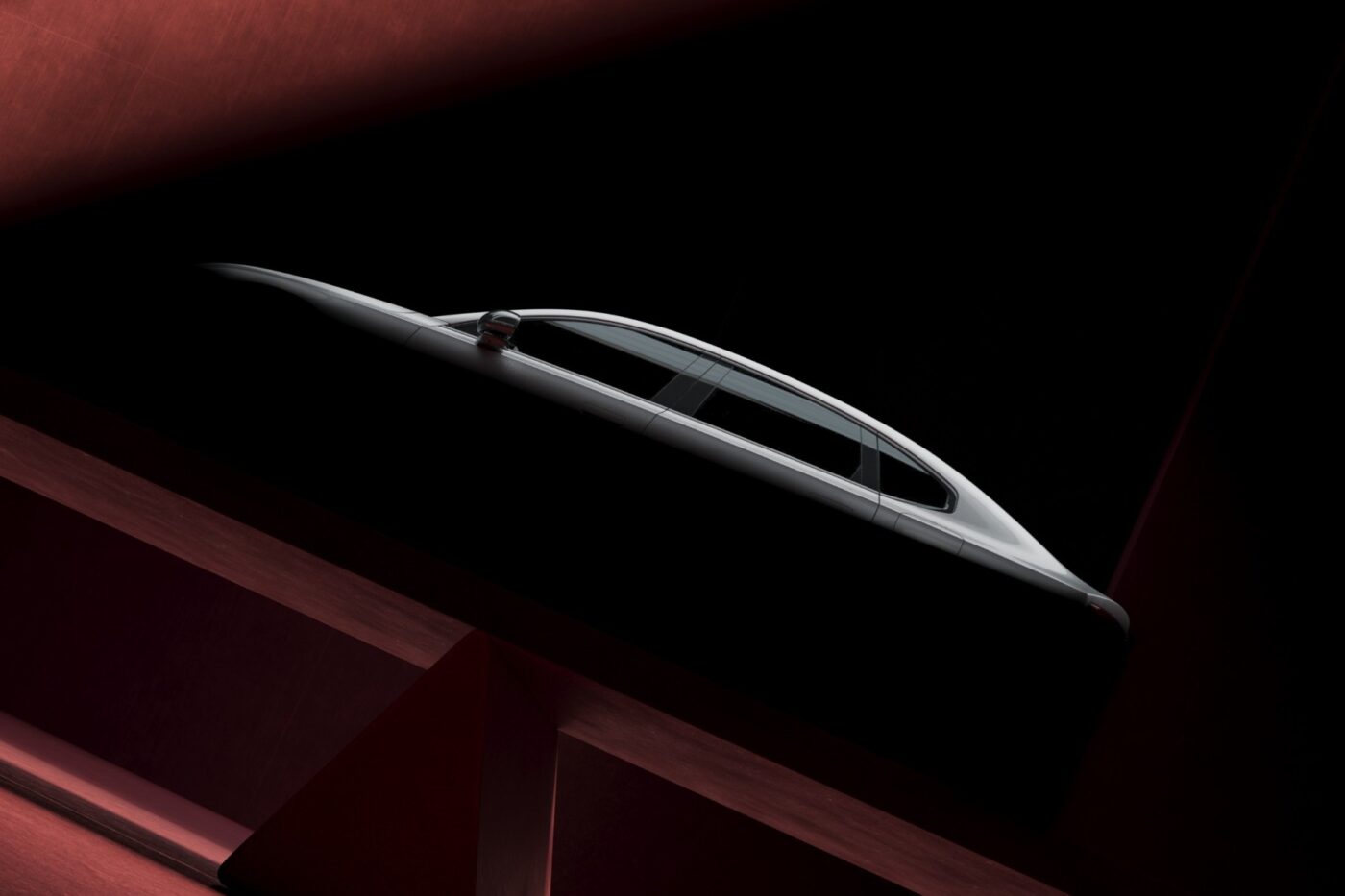
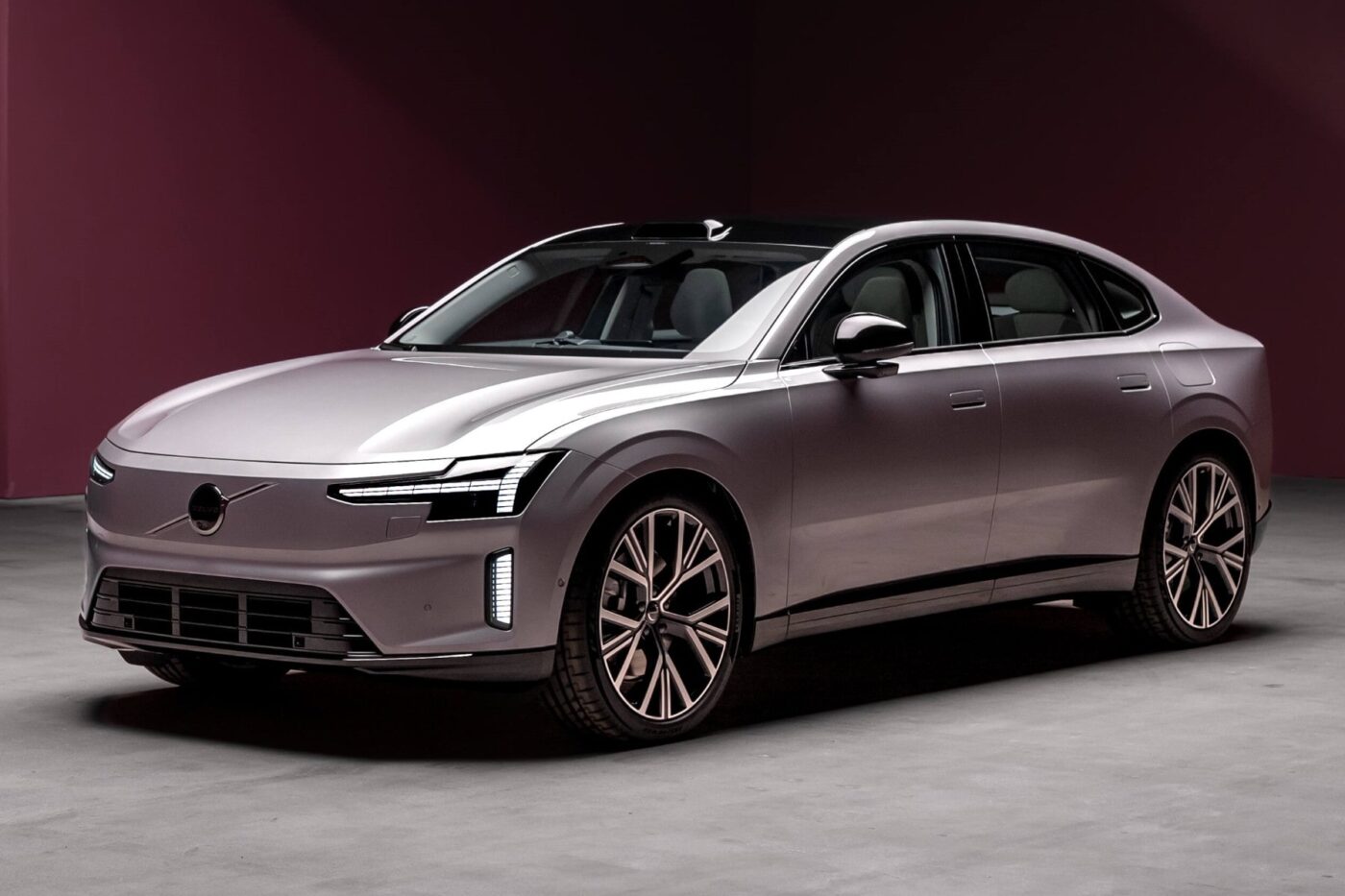
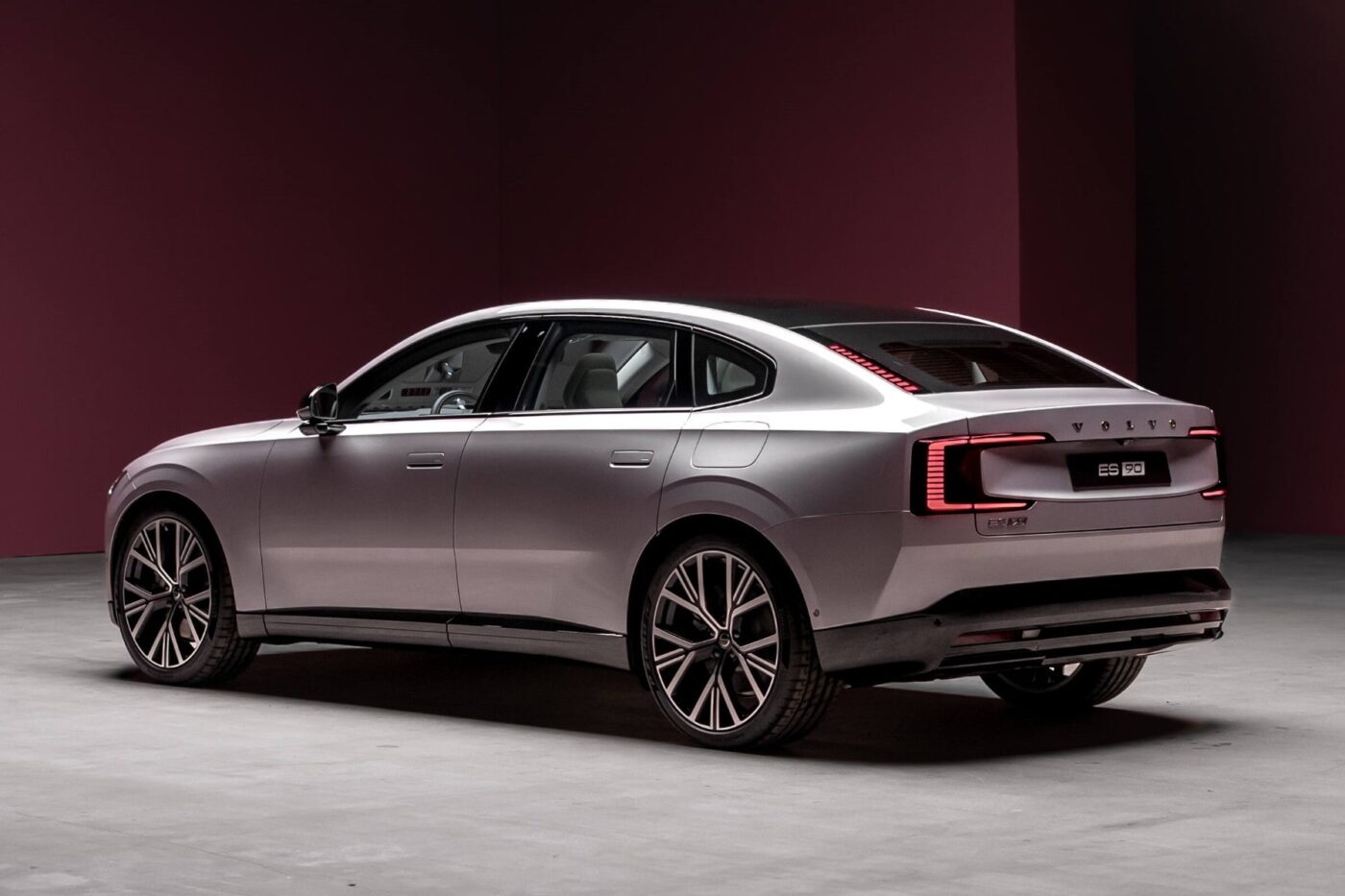
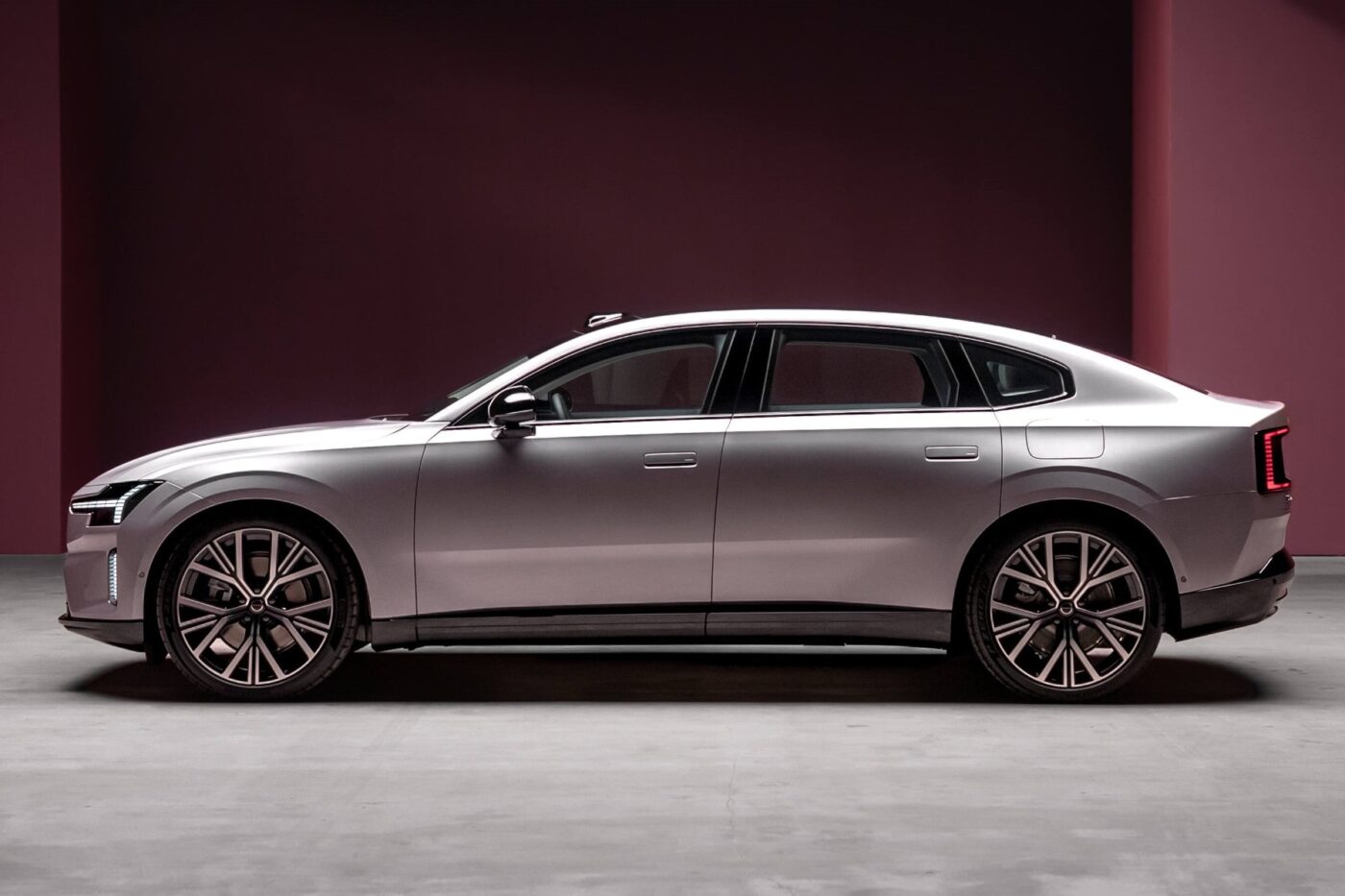
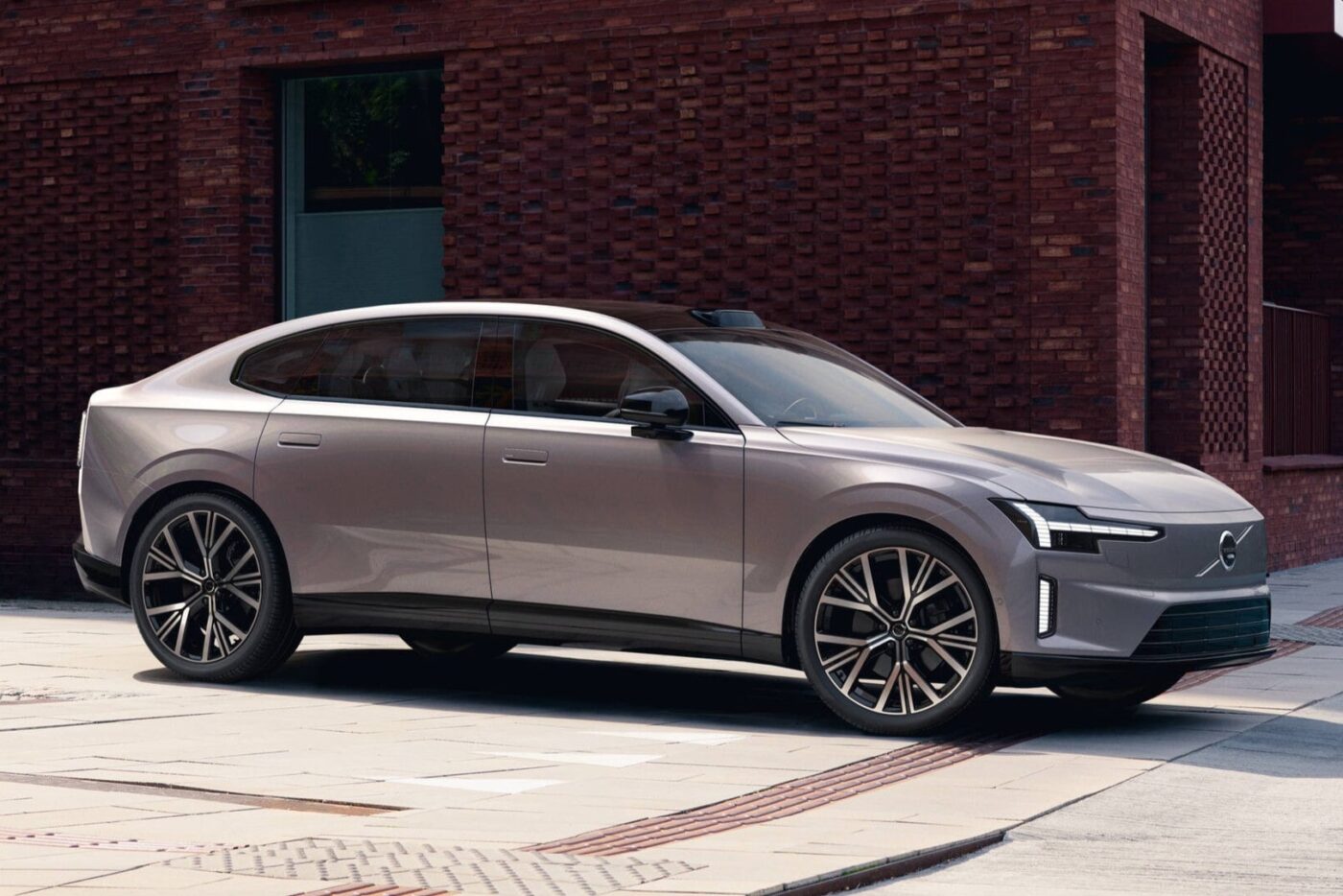
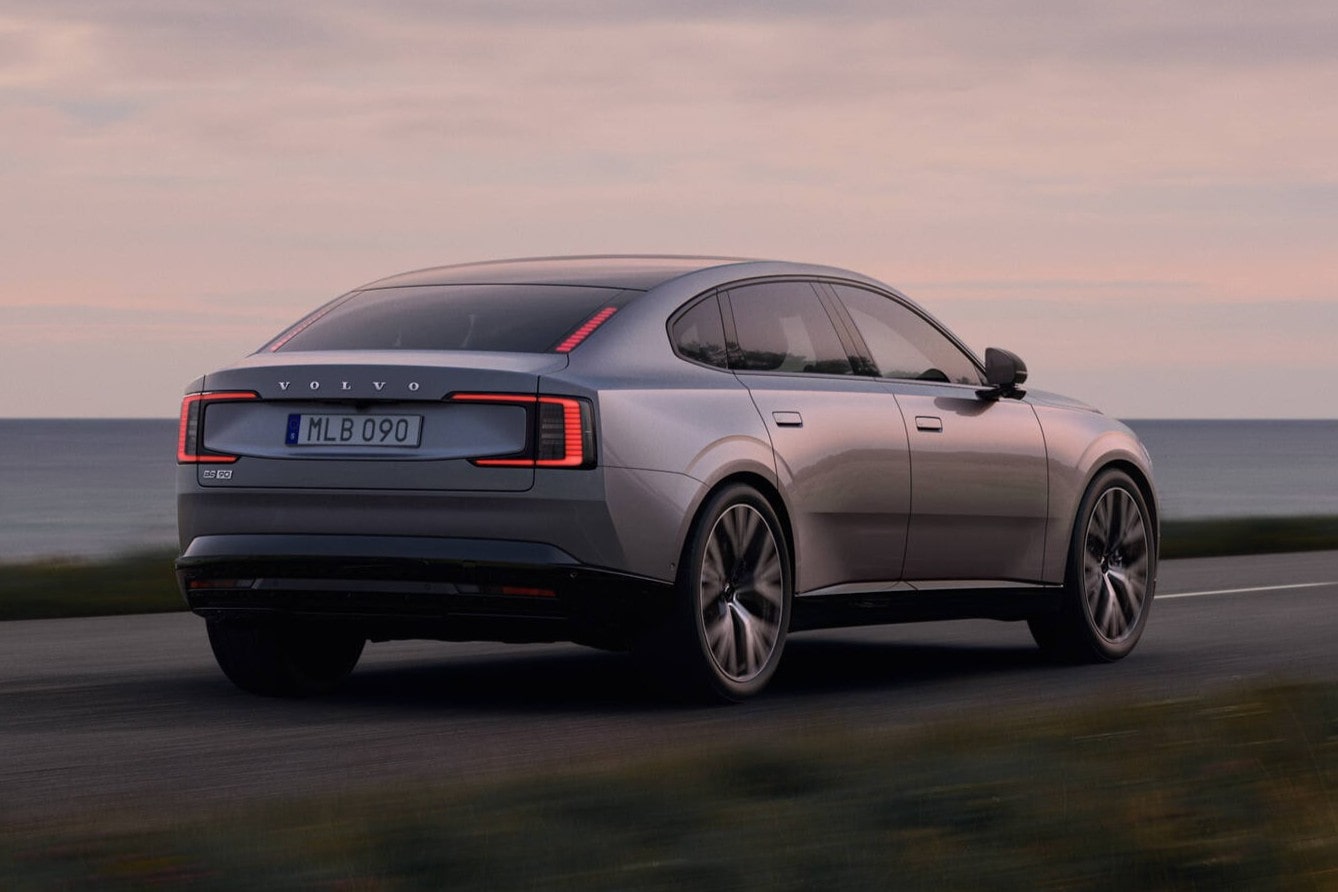
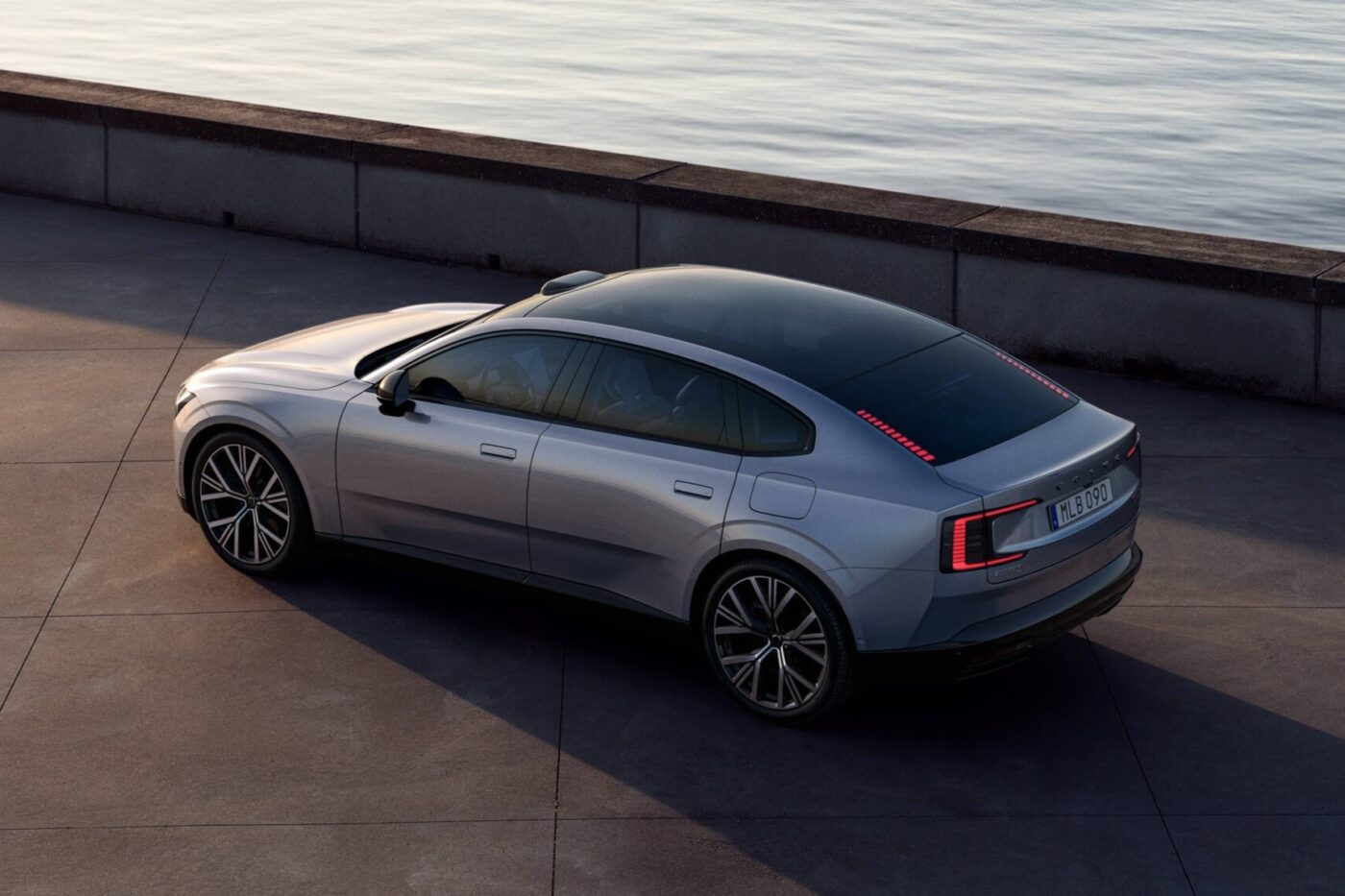
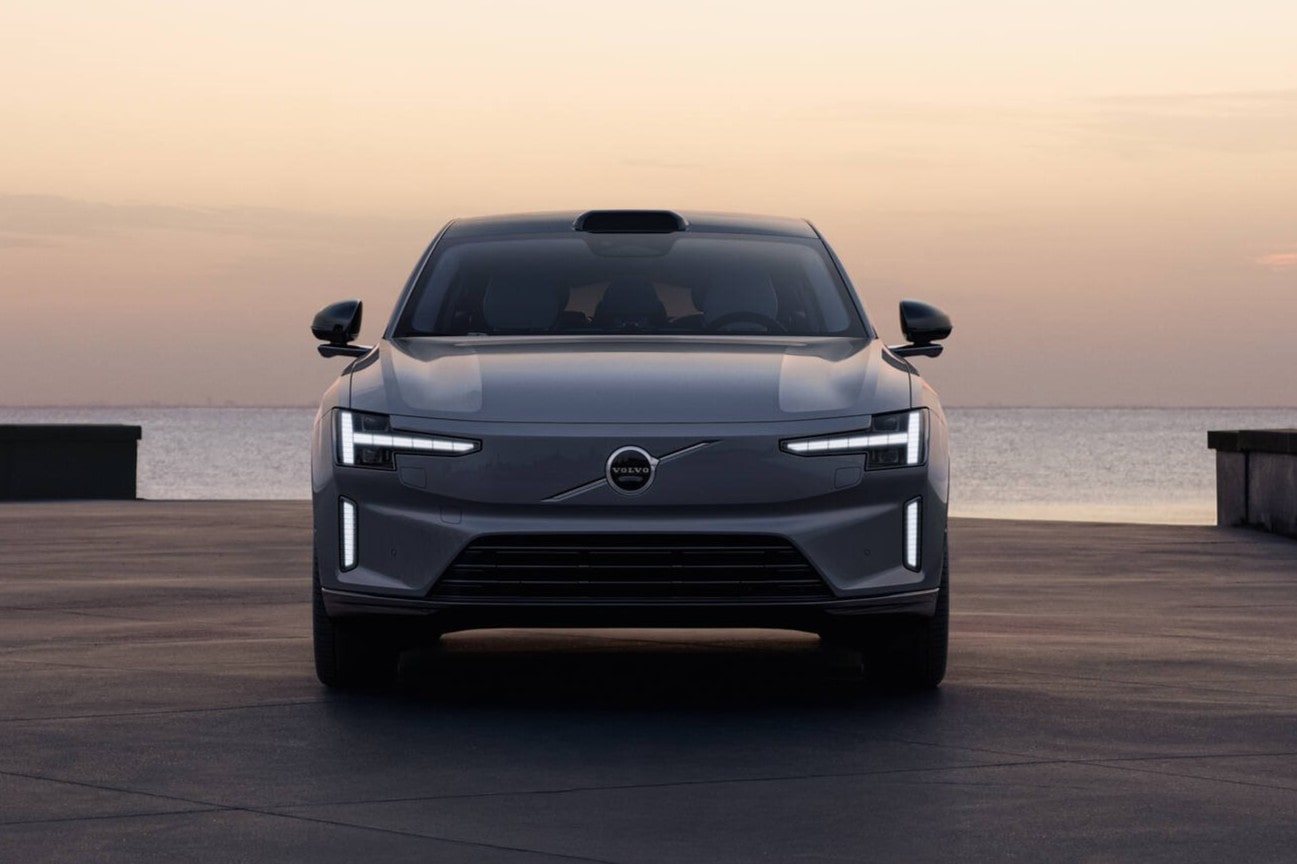
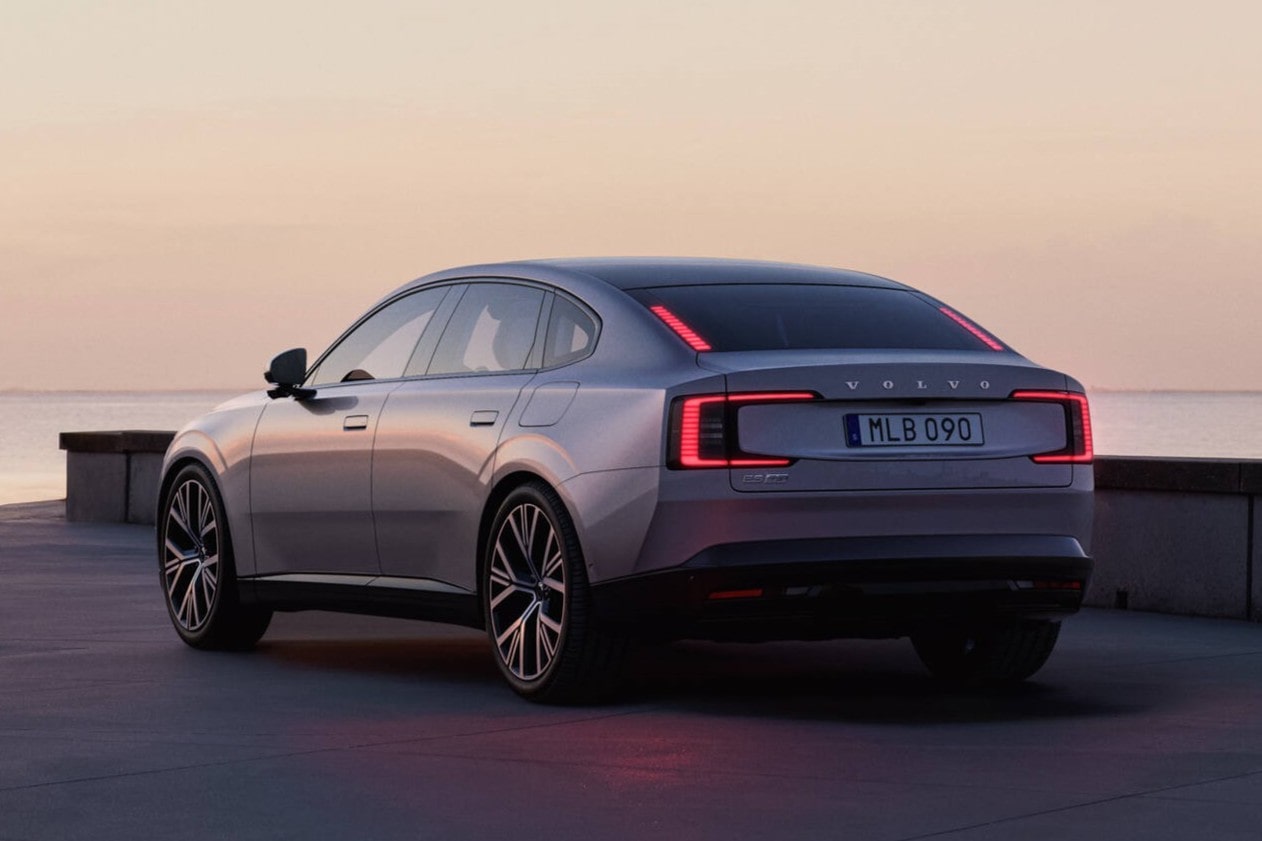
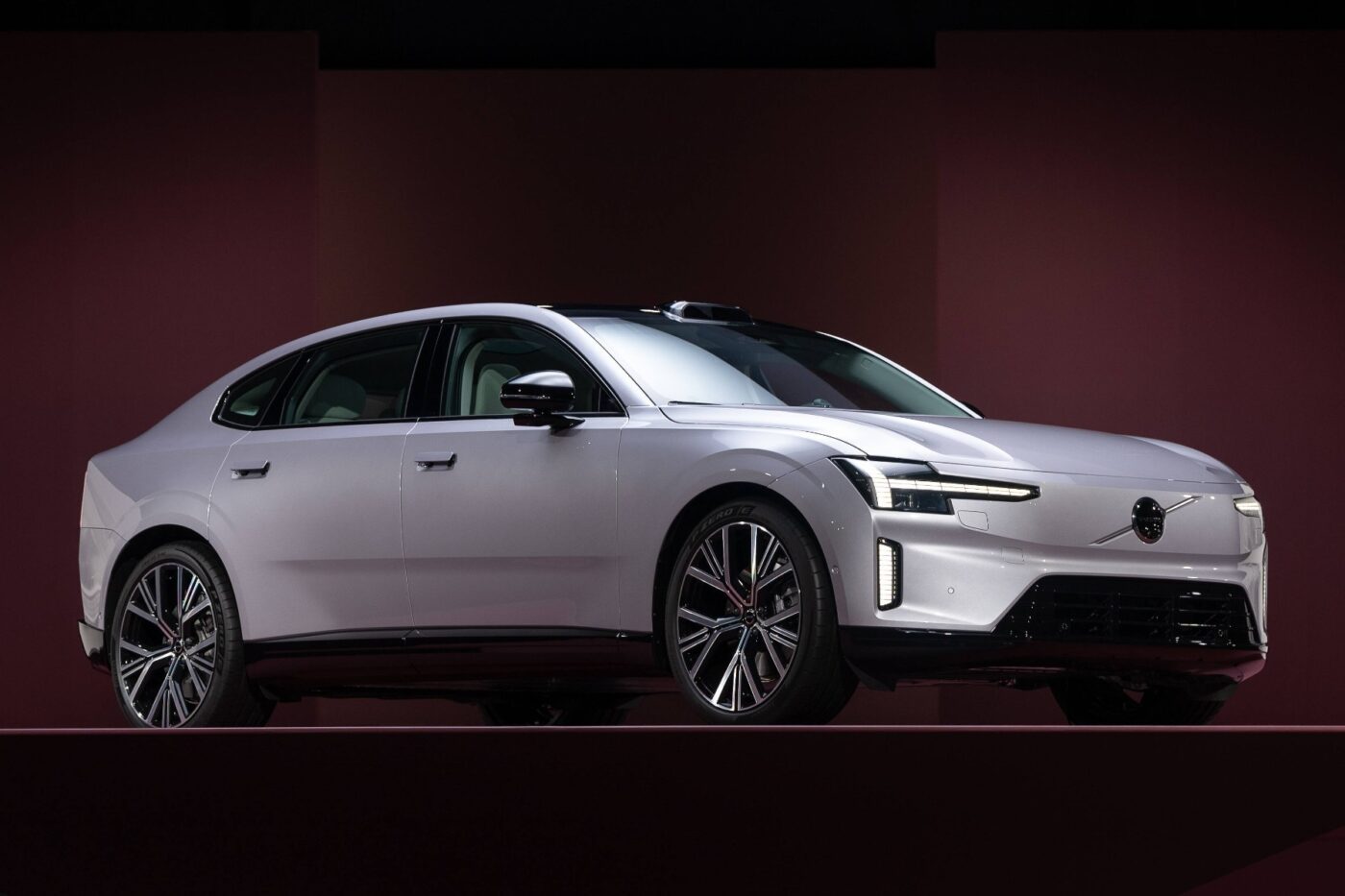
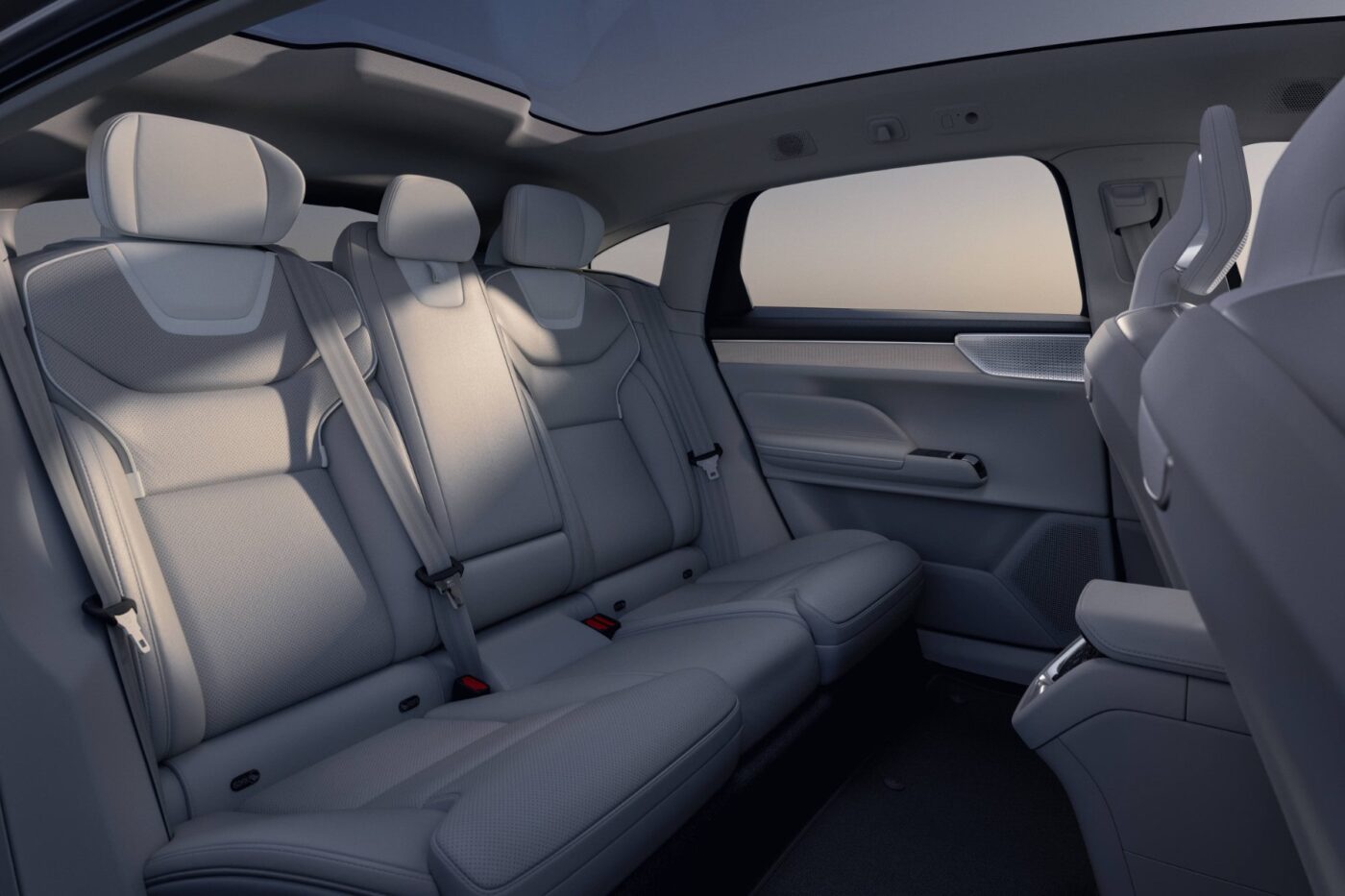
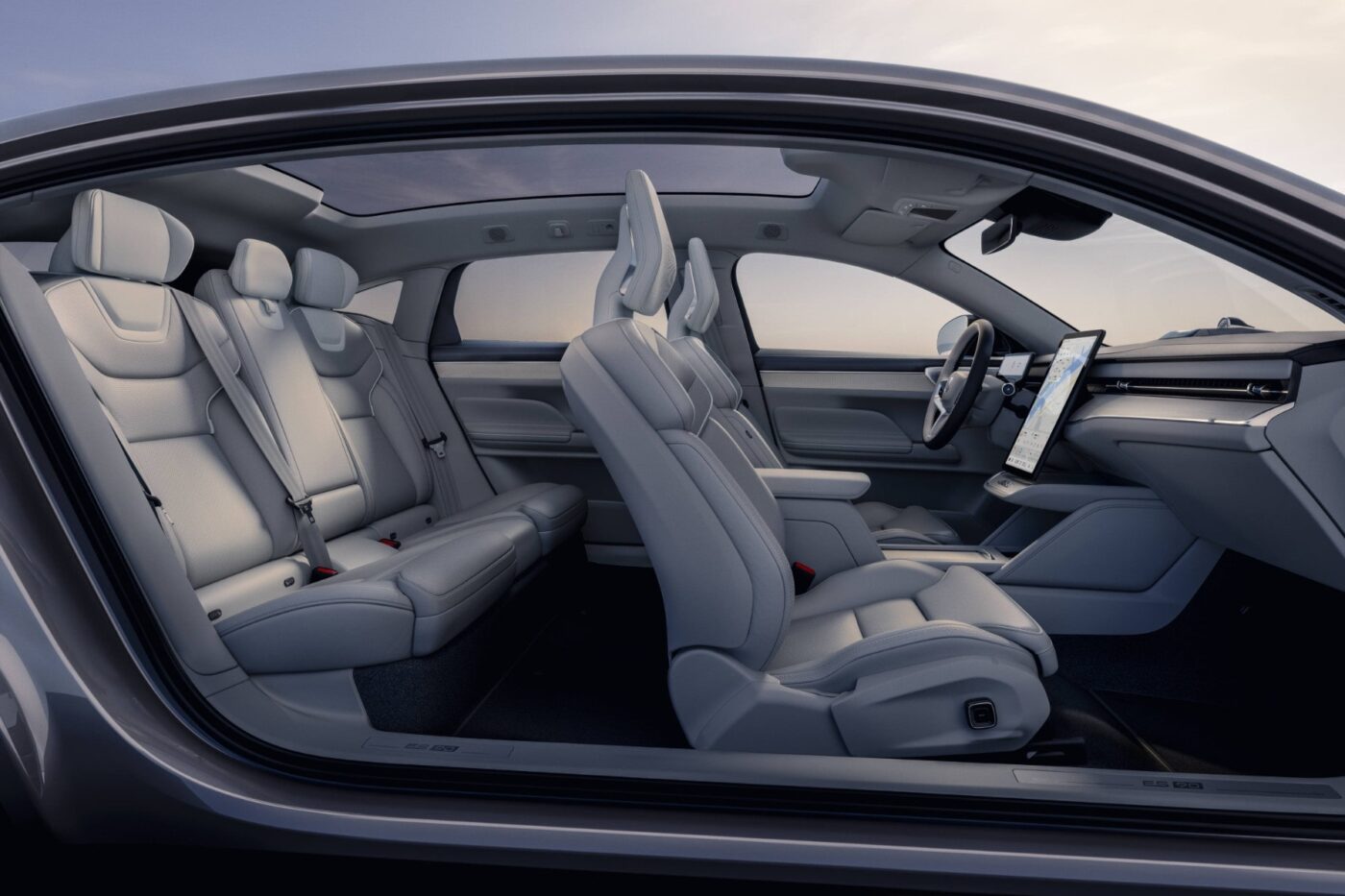
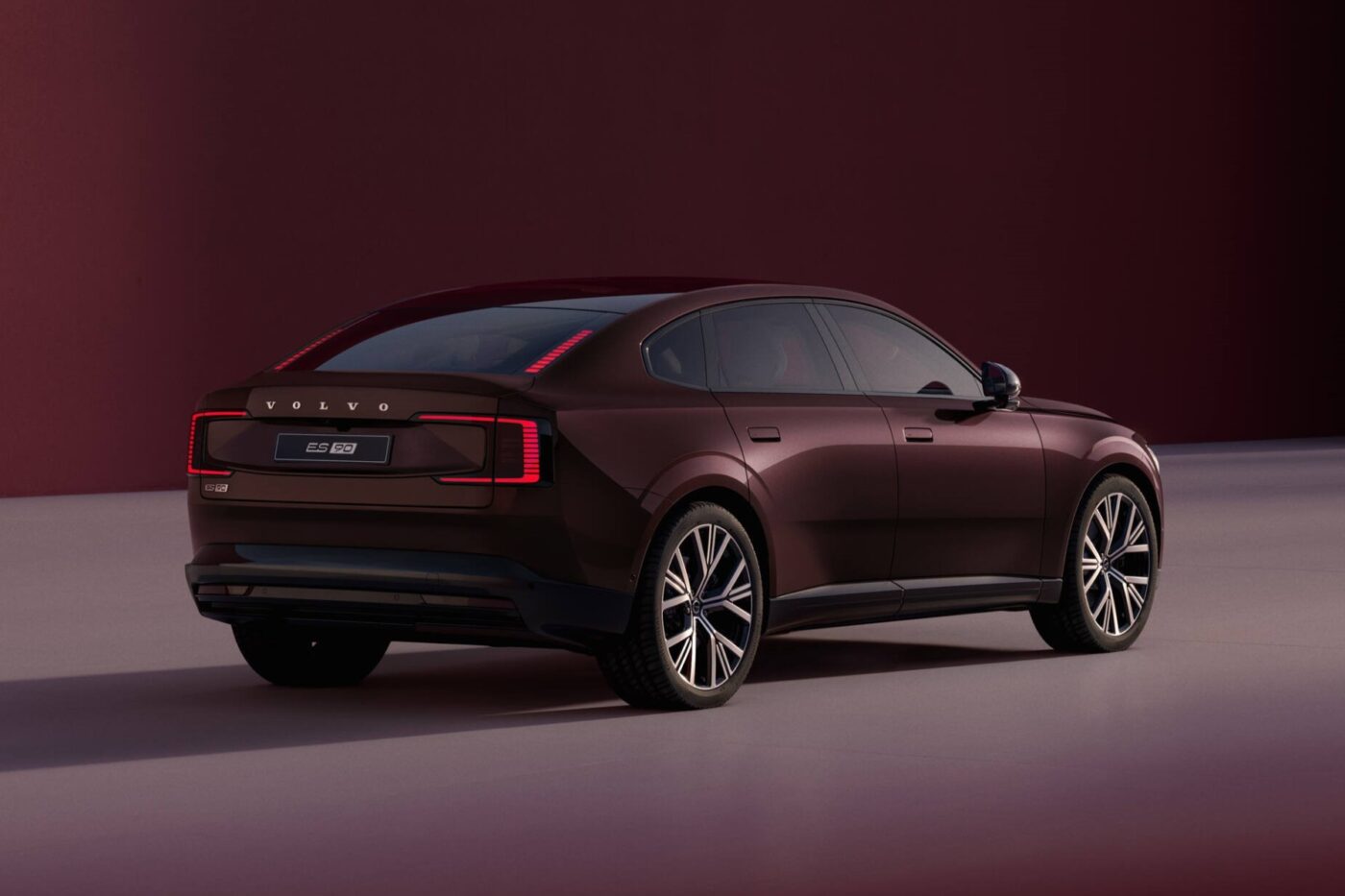
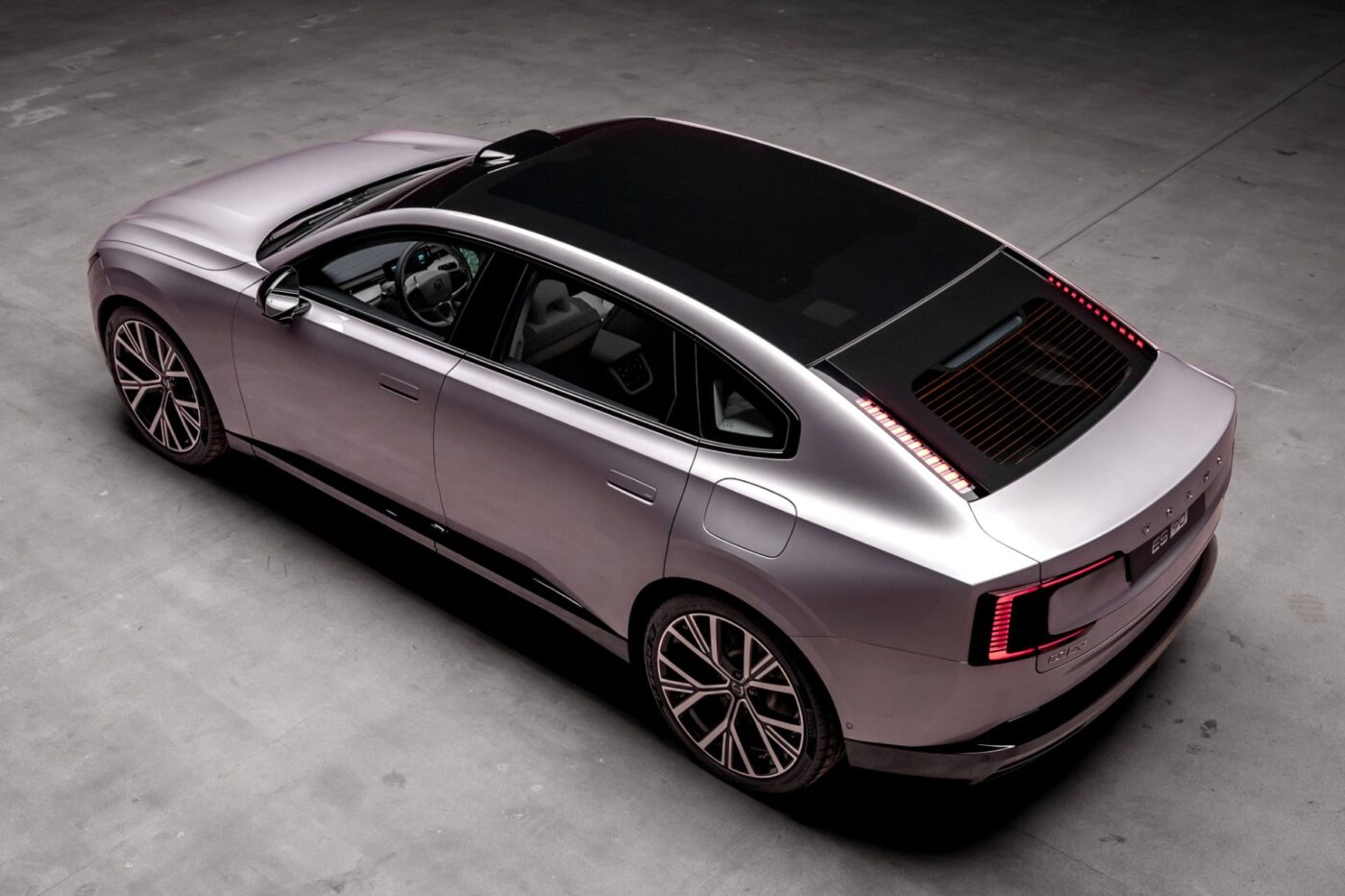
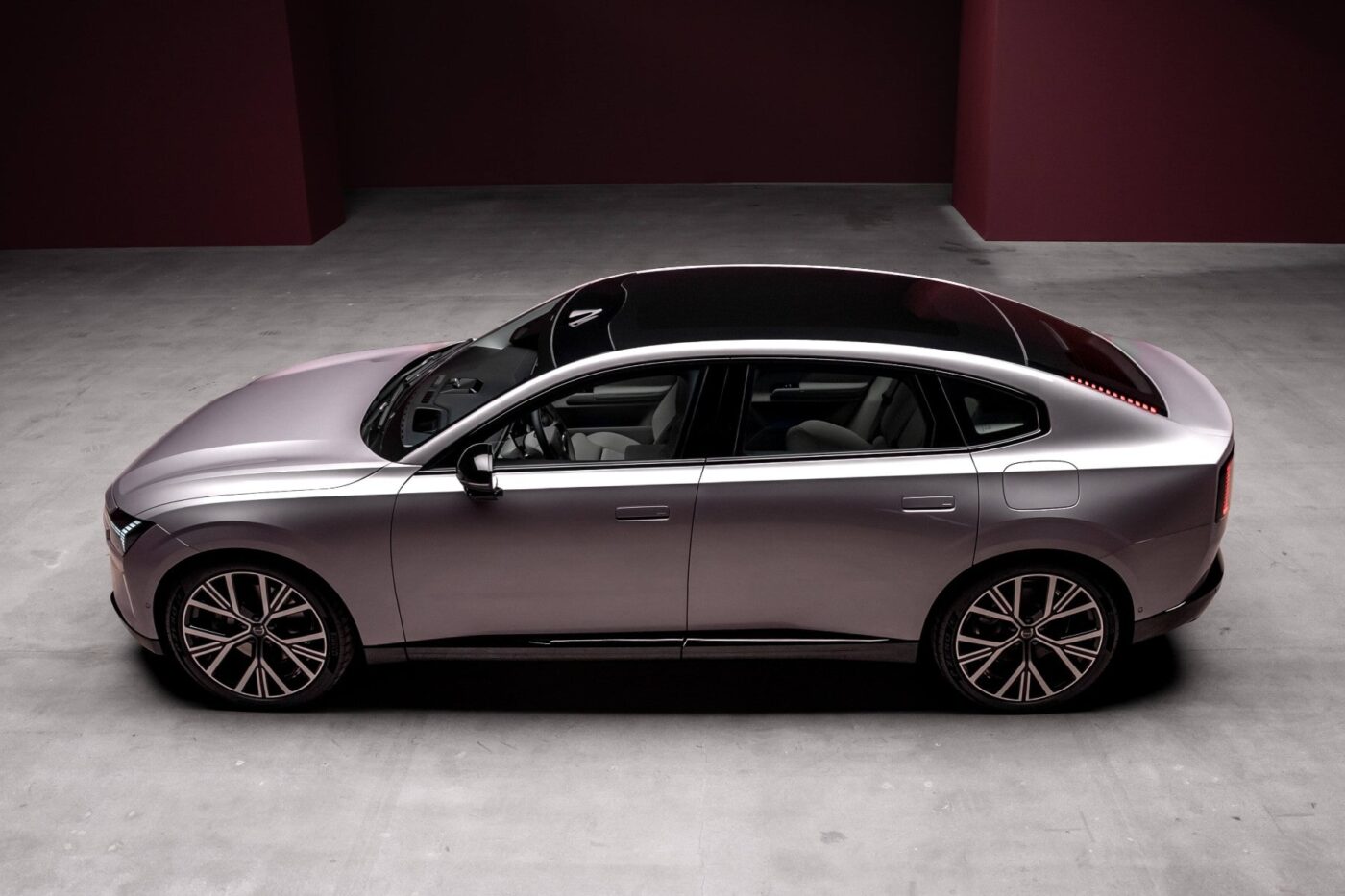
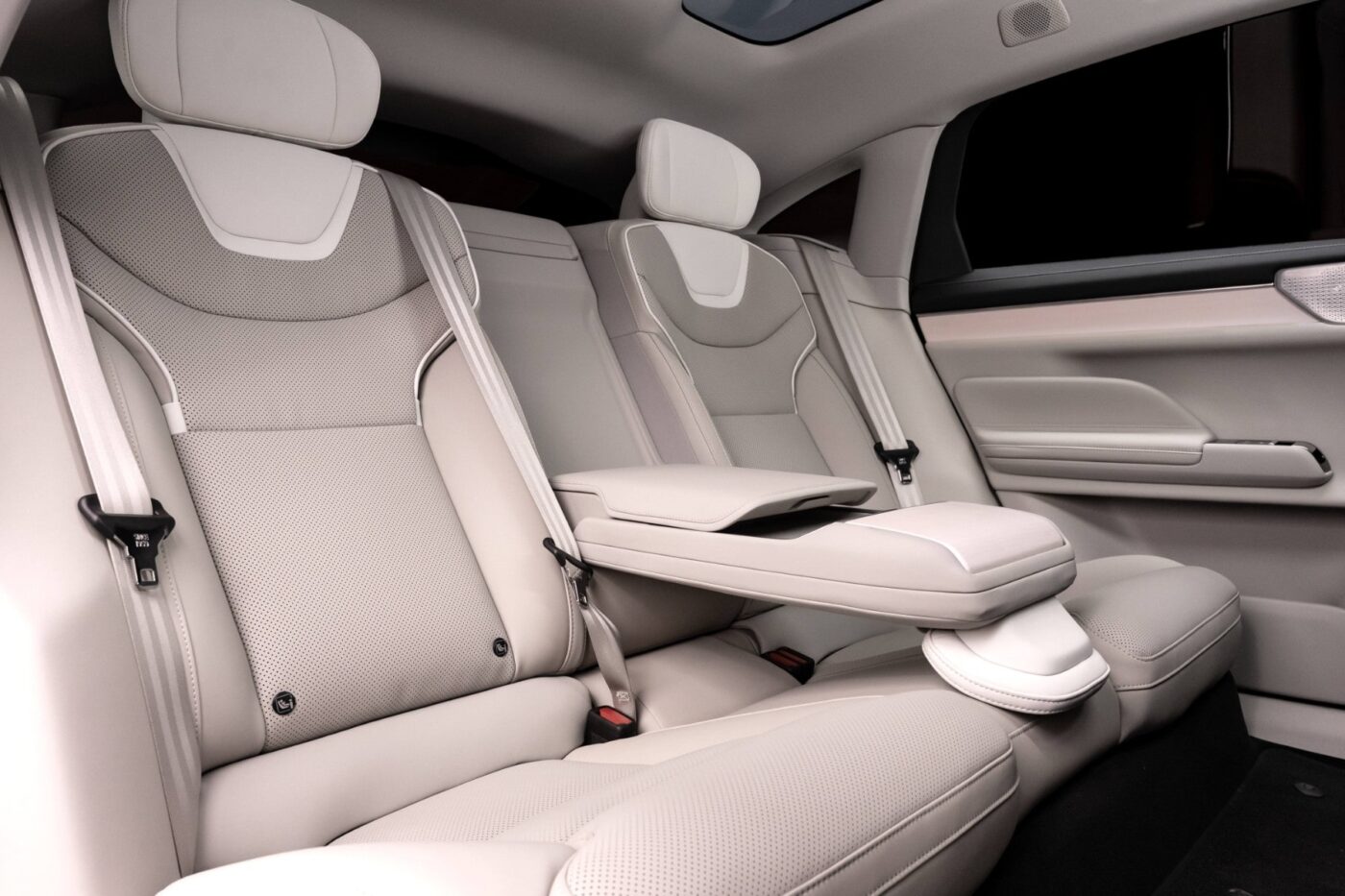
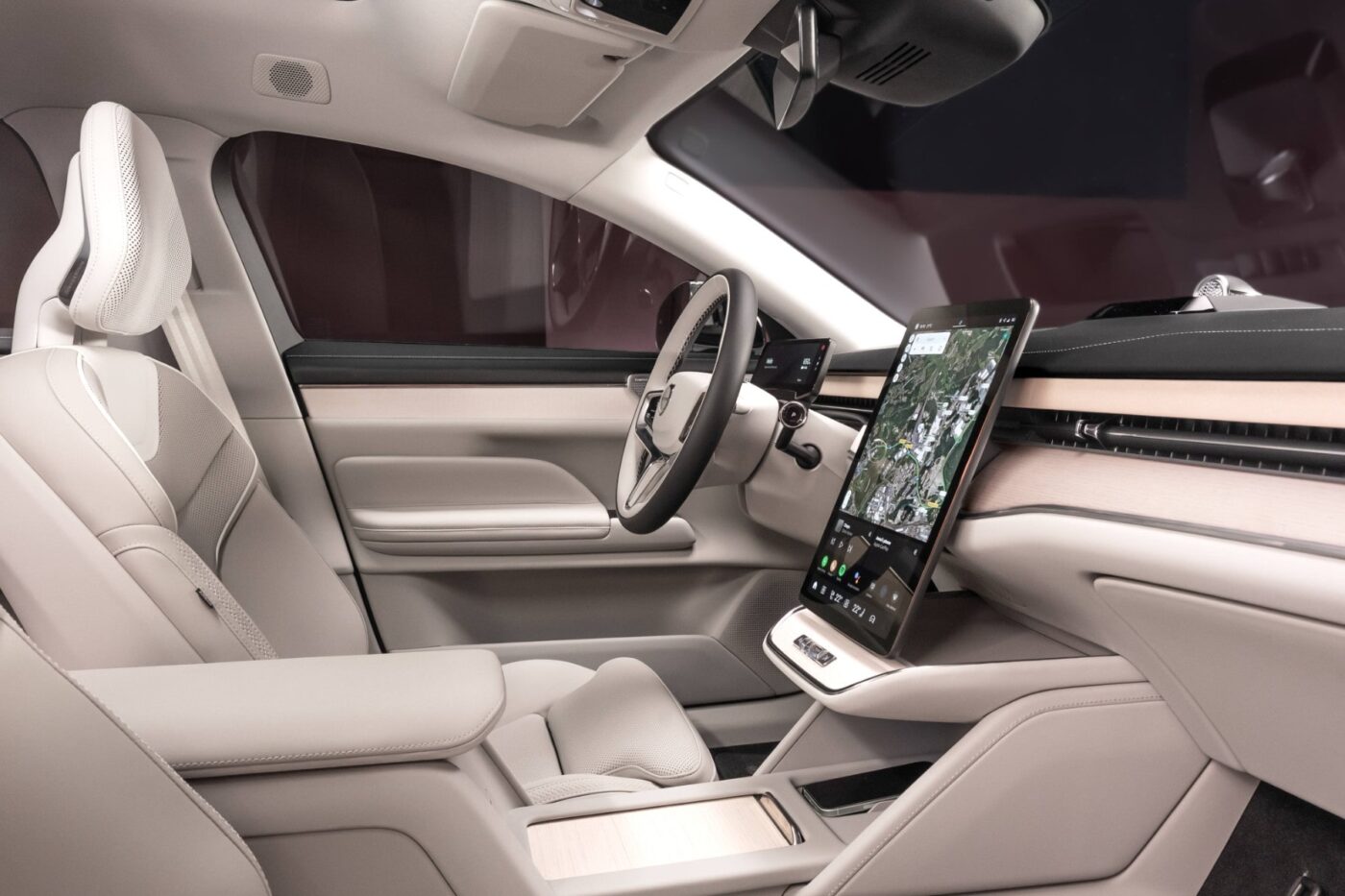
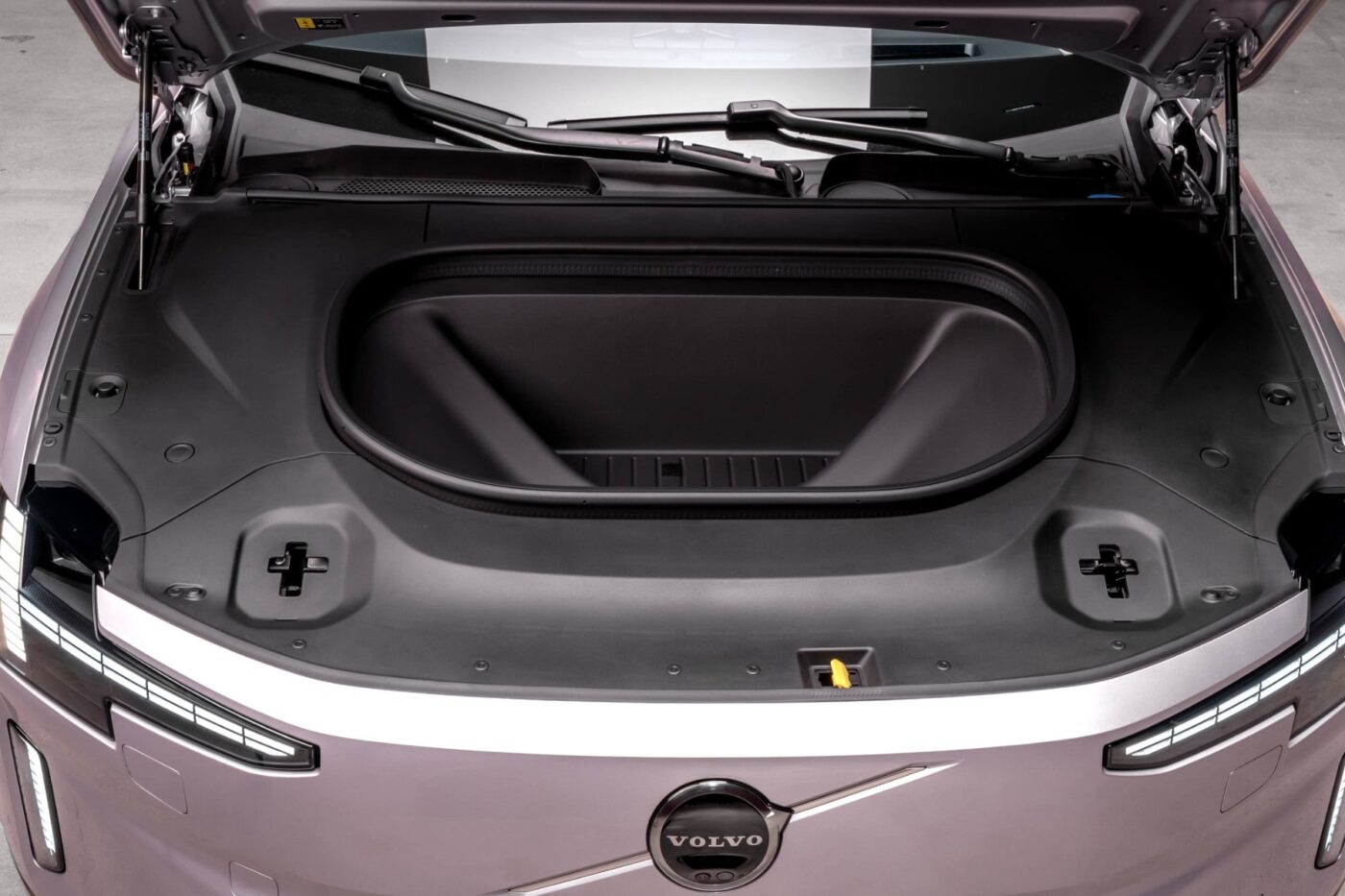
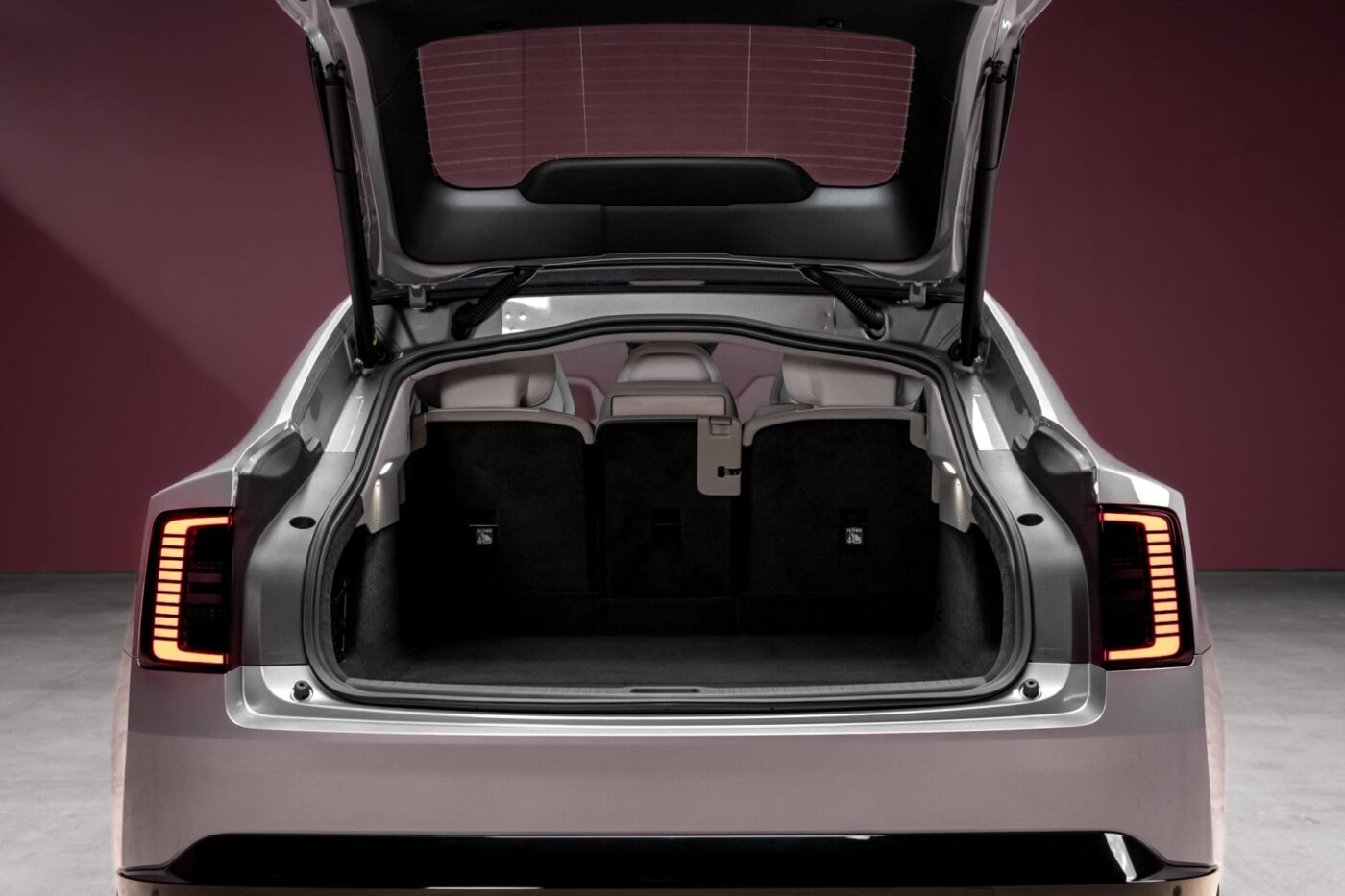
However, the design language is familiar: The closed front and the headlights are strongly reminiscent of the EX90, and the SUV brother is also cited at the rear. Although there is also a certain similarity to the predecessor in the rear lights, the designers have also adopted the vertical lights typical of Volvo in the ES90 – on the sides of the rear window.
Much more important than such design details, however, are the innovations under the bonnet – because here, too, there are relevant differences to the familiar EX90. The Swedes call the secret behind the change the ‘Superset’ technology package. It consists of a single set of hardware and software modules that will form the basis of all upcoming electric cars. And it enables Volvo to update the individual modules on an ongoing basis – in the case of the software via OTA updates, which is of course not possible for the hardware.
Up to 350 kW charging power thanks to 800 volts
The result: “The ES90 also represents the latest in terms of electric systems and battery technology. Our new 800-volt technology makes its debut in the ES90, helping to unlock faster charging, a better overall performance and more efficiency,” says Volvo. At a 350 kW charging station, the ES90 should be able to recharge for 300 kilometres in ten minutes – with a total range of up to 700 kilometres. While the phrase “at 350 kW fast charging stations” is usually used by PR departments to conceal the actual charging capacity, the value is accurate in this case. With the large battery of the all-wheel drive models, the maximum DC charging capacity is 350 kW. The slightly smaller battery of the rear-wheel drive model can be charged at 300 kW. The charging time should be around 20 minutes in both cases – from 10 to 80 per cent SoC.
That is also due to the slightly different size. The ES90 Single Motor with a 245 kW electric motor on the rear axle has a 92 kWh battery in the underbody, of which 88 kWh is usable. It should be enough for 650 kilometres in the combined WLTP cycle or 700 kilometres according to the Chinese CLTC. The two all-wheel drive variants have a 106 kWh battery with 102 kWh net usable energy content. Volvo specifies 700 kilometres according to WLTP and 740 kilometres according to CLTC for both variants.
| ES90 Single Motor | ES90 Twin Motor | ES90 Twin Motor Performance | |
|---|---|---|---|
| Drive | RWD | AWD | AWD |
| Power | 245 kW | 330 kW | 500 kW |
| Torque | 480 Nm | 670 Nm | 870 Nm |
| Acceleration | 6.9 s | 5.5 s | 4.0 s |
| Top speed | 180 kph | 180 kph | 180 kph |
| WLTP range | 650 km | 700 km | 700 km |
| Battery | 92 kWh | 106 kWh | 106 kWh |
| Charging capacity DC | 300 kW | 350 kW | 350 kW |
| Charging time DC 10-80% | 20 min | 20 min | 20 min |
| Price | – | – | – |
The ES90 Single Motor with the 245 kW motor on the rear axle can accelerate to 100 kph in 6.9 seconds thanks to 480 Nm of torque. The 330 kW ES90 Twin Motor achieves this in 5.5 seconds with 670 Nm of torque, with the rear drive delivering 200 kW and the front 130 kW. The top model is the ES90 Twin Motor Performance, which achieves a whopping 500 kW system output, i.e. 680 hp in the ‘old’ world. In this version, the motor on the front axle already delivers 220 kW, and 280 kW on the rear axle. The system torque totals 870 Nm, which results in a standard sprint to 100 kph in 4.0 seconds. The top speed of all Volvos has been limited to 180 kph for some years now, and the Swedes are making no exception for a 500 kW model.
There is surprisingly little to read about the technology installed in the ES90 in Volvo’s press release. Other manufacturers would emphasise that it is the most powerful model in the company’s history. Of course, Volvo mentions the electric car’s 700-kilometre range and the basic facts about the ES90’s fast-charging system. Instead, it emphasises the aforementioned superset, the dual-chamber air suspension and the low noise level in the interior.
“The ES90 is the first Volvo car to be powered by a dual NVIDIA DRIVE AGX Orin configuration. That makes it the most powerful car we have ever created in terms of core computing capacity,” says Anders Bell, our chief engineering and technology officer. “This allows us to further raise the bar on safety and overall performance through data, software and AI.”
For customers, most interaction with the software happens via the 14.5-inch touchscreen in the centre, which is powered by a Qualcomm Snapdragon chip. It runs the latest Google apps, as well as entertainment, climate control and phone control. As in the EX90, the driver also has a very flat nine-inch cockpit display with all the important information.
Volvo also emphasises the optional Bowers & Wilkins sound system with 25 loudspeakers, the asthma- and allergy-friendly filter in the air conditioning system (95 per cent of PM2.5 particles and 99.9 per cent of pollen are filtered out) and the panoramic glass roof with 99.9 per cent UV filter. An electrochromic version is available as an option, where the transparency of the glass can be adjusted at the touch of a button.
ES90 is now available to order
Furthermore, the 3.10 metre wheelbase emphasises the space available. Overall, the ES90 is a smooth five metres long, 1.94 metres wide without mirrors (2.12 metres with mirrors) and 1.55 metres high. Exact details of the load volume and towing capacity are not yet available.
“The Volvo ES90 combines our most advanced technologies with Scandinavian design and superior comfort, creating a true premium Volvo car designed to elevate your quality of life,” says Jim Rowan, our CEO. ““It joins the EX90 SUV as one of our flagship models and cements our position as an industry leader in software-defined cars that harness the power of core computing.”
With its world premiere, the ES90 is now available to order in Austria, Belgium, the Czech Republic, Finland, France, Germany, Greece, Hungary, Italy, the Netherlands, Norway, Poland, Portugal, Spain, Sweden, Switzerland and the United Kingdom. Further markets will be added later this year and into 2026.
volvocars.com, volvocars.com (configurator)


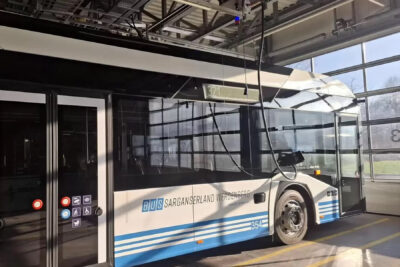

0 Comments